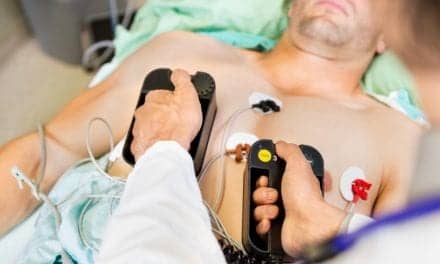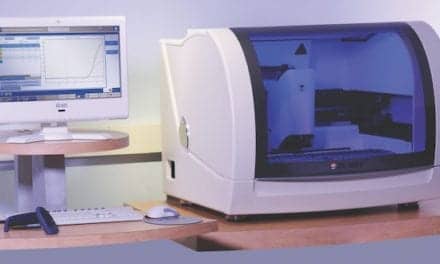DNA-wrapped lipid nanoparticles show improved cellular uptake and reduced toxicity compared to standard delivery methods used in COVID-19 vaccines.
Northwestern University researchers have developed a new nanoparticle delivery system that increases CRISPR gene-editing efficiency threefold while reducing cellular toxicity compared to current methods.
The lipid nanoparticle spherical nucleic acids (LNP-SNAs) carry complete CRISPR editing tools—Cas9 enzymes, guide RNA and DNA repair templates—wrapped in a protective DNA shell. In laboratory tests across various human and animal cell types, the LNP-SNAs entered cells up to three times more effectively than standard lipid particle delivery systems used for COVID-19 vaccines and improved precise DNA repair success rates by more than 60%.
The study, published Sept 5 in the Proceedings of the National Academy of Sciences, addresses a key challenge in gene therapy: delivering CRISPR machinery safely and efficiently into target cells and tissues.
“CRISPR is an incredibly powerful tool that could correct defects in genes to decrease susceptibility to disease and even eliminate disease itself,” says Chad A. Mirkin, PhD, who led the study and is the George B. Rathmann Professor of Chemistry at Northwestern University, in a release. “But it’s difficult to get CRISPR into the cells and tissues that matter. Reaching and entering the right cells—and the right places within those cells—requires a minor miracle.”
Addressing Current Delivery Limitations
Current CRISPR delivery methods face significant limitations. Viral vectors, while efficient at entering cells, can trigger immune responses leading to dangerous side effects. Lipid nanoparticles are safer but inefficient, often getting trapped in cellular compartments where they cannot release their cargo.
“Only a fraction of the CRISPR machinery actually makes it into the cell, and even a smaller fraction makes it all the way into the nucleus,” says Mirkin in a release. “Another strategy is to remove cells from the body, inject the CRISPR components, and then put the cells back in. As you can imagine, that’s extremely inefficient and impractical.”
The new LNP-SNA system uses spherical DNA structures surrounding a nanoparticle core packed with CRISPR components. At roughly 50 nanometers in diameter, these structures can interact with cell surface receptors, allowing cells to easily absorb them. The DNA coating can also be engineered with sequences targeting specific cell types for more selective delivery.
Laboratory Testing Results
Researchers tested the LNP-SNAs on cellular cultures including skin cells, white blood cells, human bone marrow stem cells, and human kidney cells. They measured cellular internalization efficiency, toxicity levels, and successful gene delivery rates, then analyzed DNA to determine if CRISPR made the desired gene edits.
The system demonstrated superior performance across all categories compared to standard delivery methods. The modular platform design allows researchers to adapt it for various therapeutic applications.
Clinical Development Path
Seven SNA-based therapies are already in human clinical trials, including a phase 2 clinical trial for Merkel cell carcinoma being developed by Flashpoint Therapeutics. Northwestern biotechnology spinout Flashpoint Therapeutics is commercializing the new technology with plans to move toward clinical trials.
“CRISPR could change the whole field of medicine,” says Mirkin in a release. “But how we design the delivery vehicle is just as important as the genetic tools themselves. By marrying two powerful biotechnologies—CRISPR and SNAs—we have created a strategy that could unlock CRISPR’s full therapeutic potential.”
The research was supported by the Air Force Office of Scientific Research, the National Science Foundation, and the Bachrach Foundation. Mirkin has financial interests in Flashpoint Therapeutics, and Northwestern has financial interests in the company.
ID 103373552 | Crispr © Catalin Iliescu | Dreamstime.com





